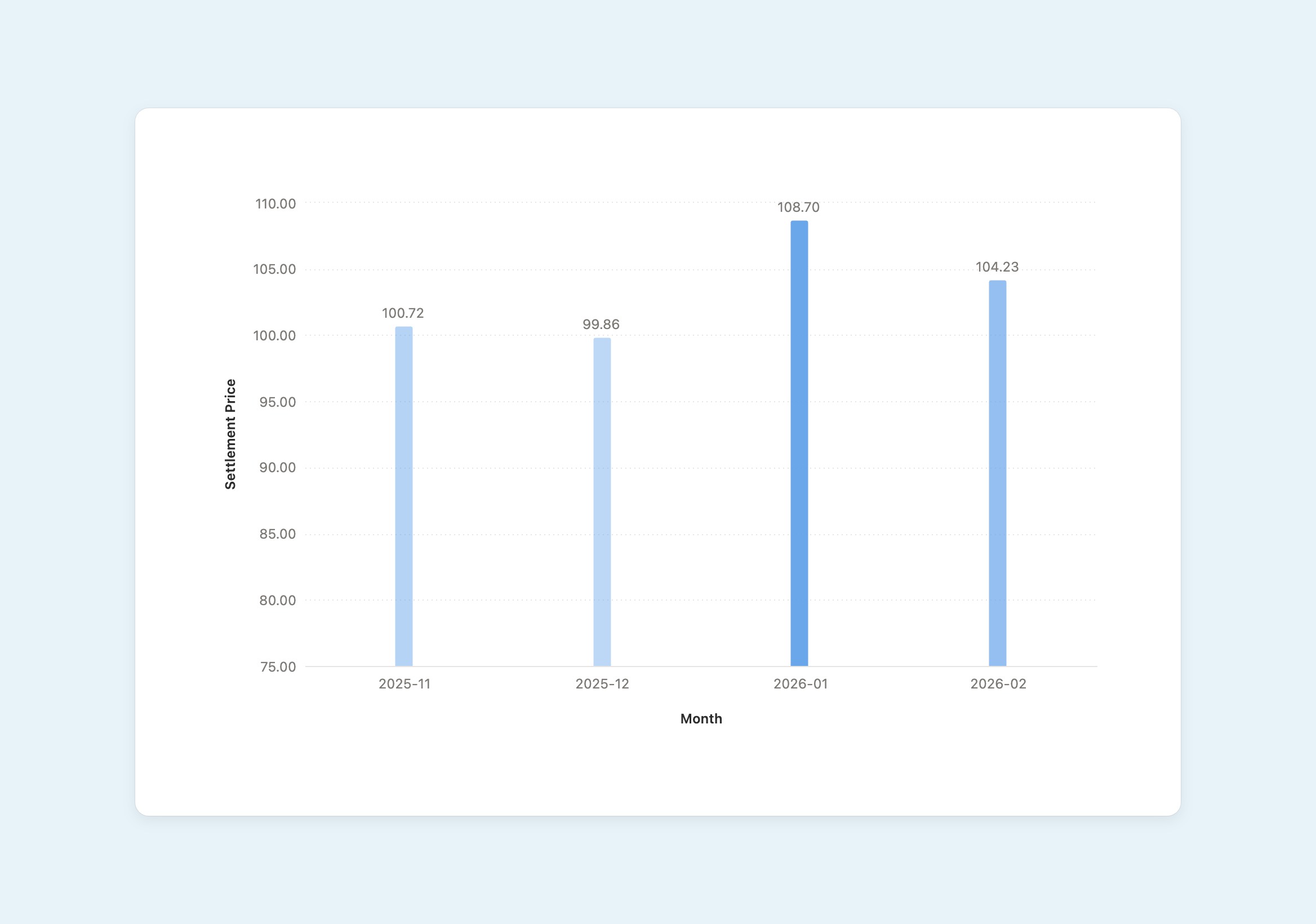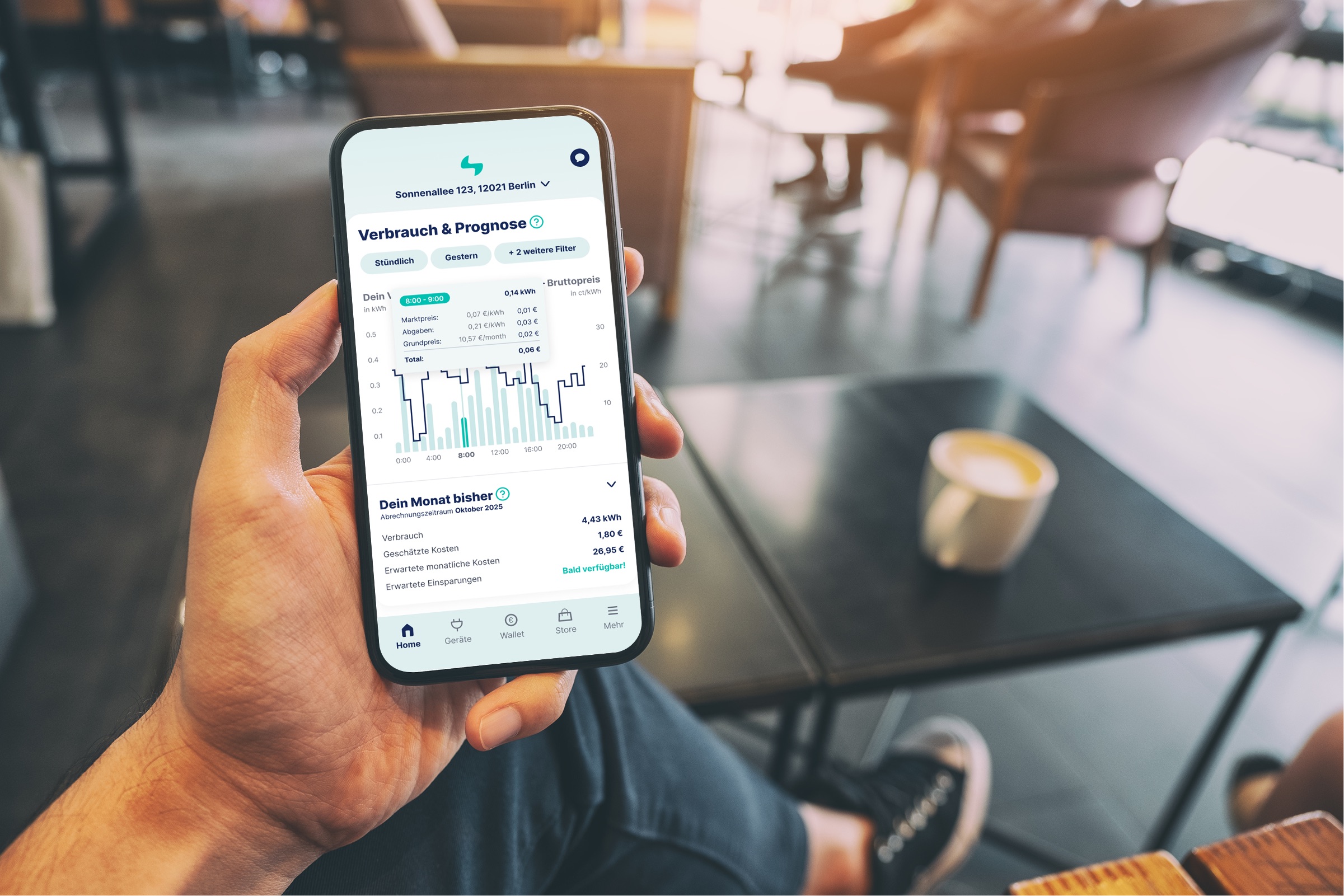Energy
Part 2: How To Estimate How Much Energy You Use
By
Team Ostrom
2.10.2022

3
Min.

Estimating how much energy a household consumes in kilowatt hours (kWh) is an important step in switching energy providers. This information is often required by energy providers when signing up for a new plan, and it can also help households better understand their energy usage and potentially find ways to save energy and lower their energy bills. In this article, we will explain how to estimate your household's energy consumption in kWh, and we will provide some tips for reducing energy usage.
To begin, you will need to gather some information about your household's energy consumption. This may include:
- Your current energy bill: This should provide you with information about your energy consumption in kWh, as well as the amount you are paying for that energy.
- The size of your home: The larger your home, the more energy you are likely to consume.
- The number of people in your household: The more people you have in your home, the more energy you are likely to consume.
- The type of appliances and devices you use: Some appliances and devices, such as air conditioning units, refrigerators, and washing machines, use more energy than others.
- Your energy habits: The way you use energy can also impact your energy consumption. For example, using energy-efficient appliances and turning off lights and appliances when not in use can help reduce energy consumption.
Once you have gathered this information, you can use it to estimate your household's energy consumption in kWh. There are several methods you can use to do this, including:
- Using an energy calculator: Many energy providers have energy calculators on their websites that can help you estimate your energy consumption based on the information you provide. Simply input the relevant information and the calculator will provide you with an estimate of your energy consumption in kWh.
- Using the average energy consumption data: You can also use average energy consumption data to estimate your household's energy consumption. The U.S. Energy Information Administration (EIA) publishes average energy consumption data for different types of households, which can be a helpful reference.
- Measuring your energy consumption directly: Another option is to measure your energy consumption directly using a device called a kilowatt-hour meter. These devices can be purchased online or at hardware stores, and they allow you to track your energy consumption in real-time.
Once you have estimated your household's energy consumption in kWh, you can use this information to compare energy plans from different providers and choose the one that best meets your needs. It is also a good idea to regularly review your energy consumption and look for ways to reduce it. Some simple ways to do this include:
- Using energy-efficient appliances: Energy-efficient appliances use less energy than traditional appliances, which can help reduce your energy consumption and lower your energy bills.
- Turning off lights and appliances when not in use: Simply turning off lights and appliances when they are not needed can help reduce energy consumption.
- Using natural light instead of artificial light: Natural light is a free and abundant source of light that can be used to reduce energy consumption.
- Investing in energy-efficient home upgrades: Some home upgrades, such as adding insulation or replacing old windows with energy-efficient windows, can help reduce energy consumption and lower energy bills.
In summary, estimating your household's energy consumption in kWh is an important step in switching energy providers and finding ways to save energy and lower energy bills. By gathering information about your energy consumption, using energy calculators or average energy consumption data, or measuring your energy consumption directly, you can get a better understanding of your energy usage and find ways to reduce it.














.avif)